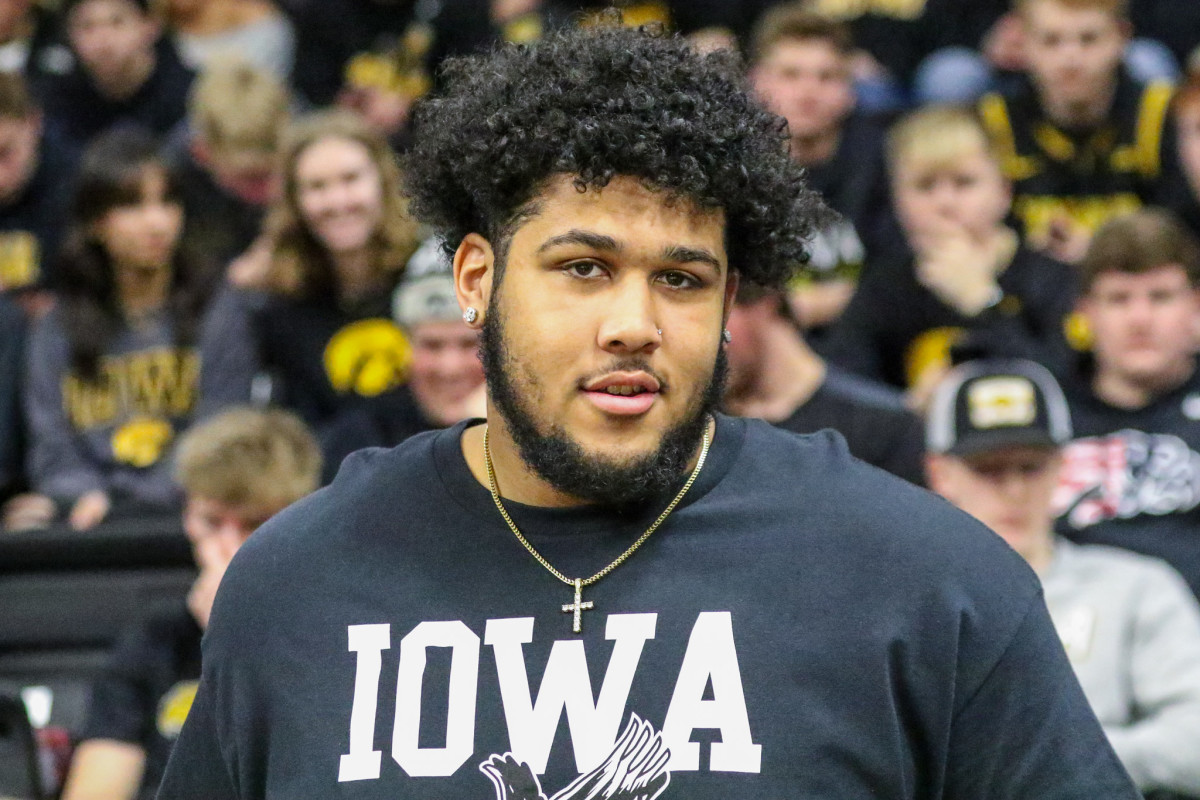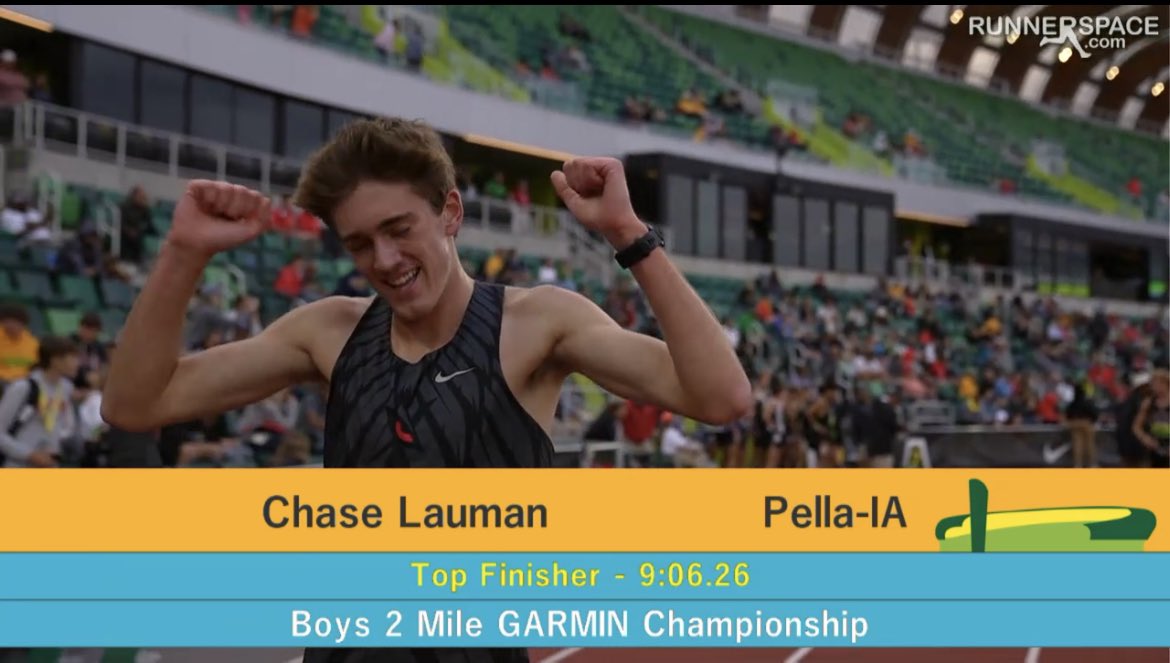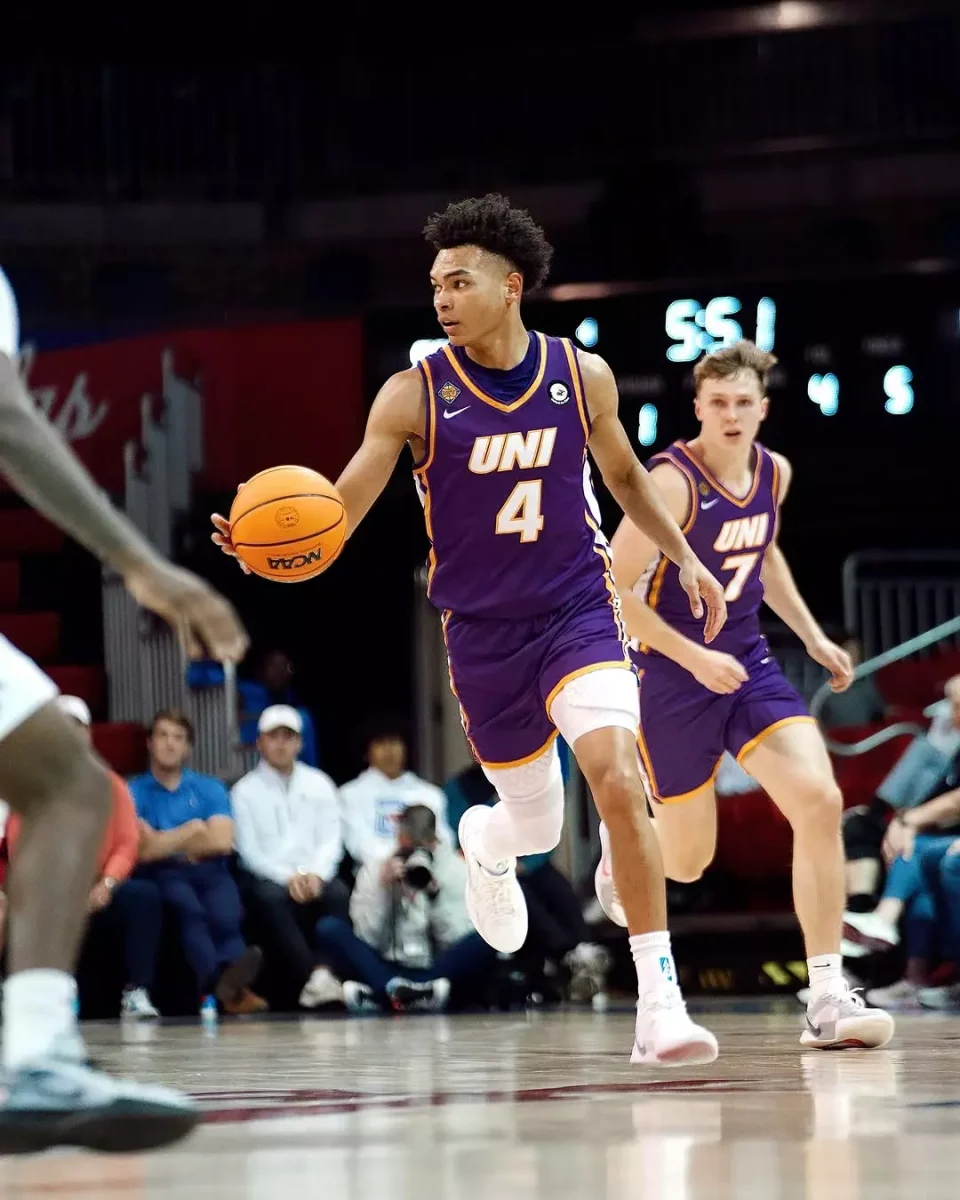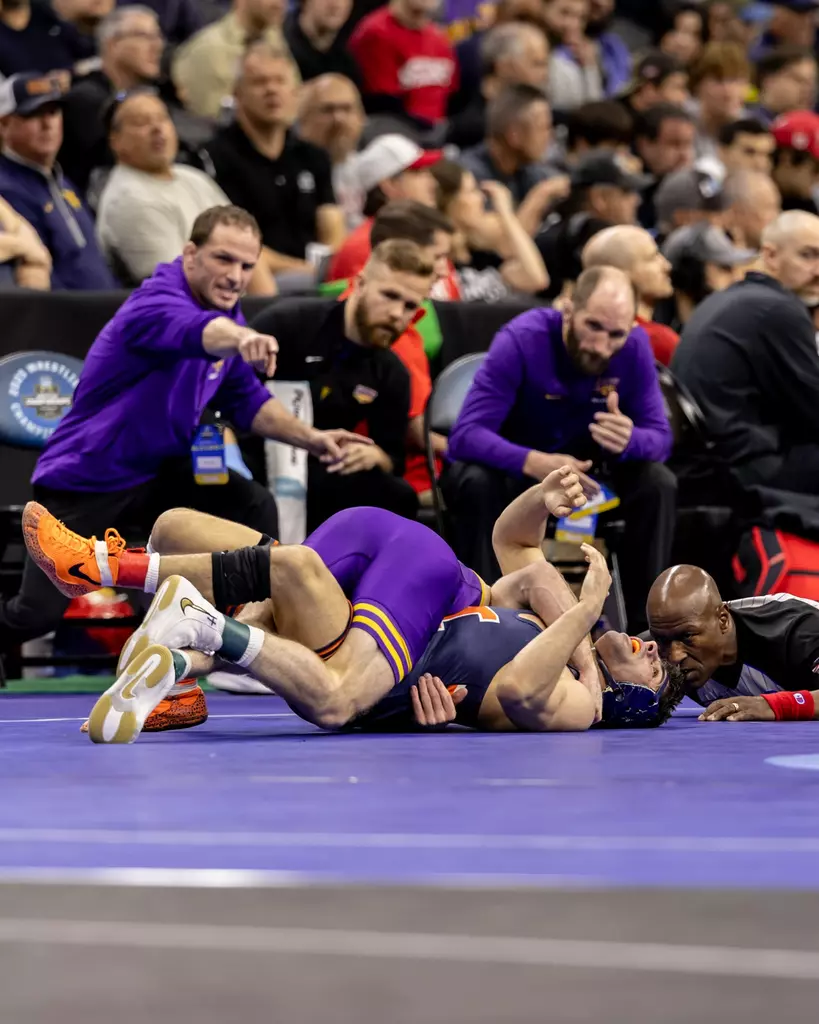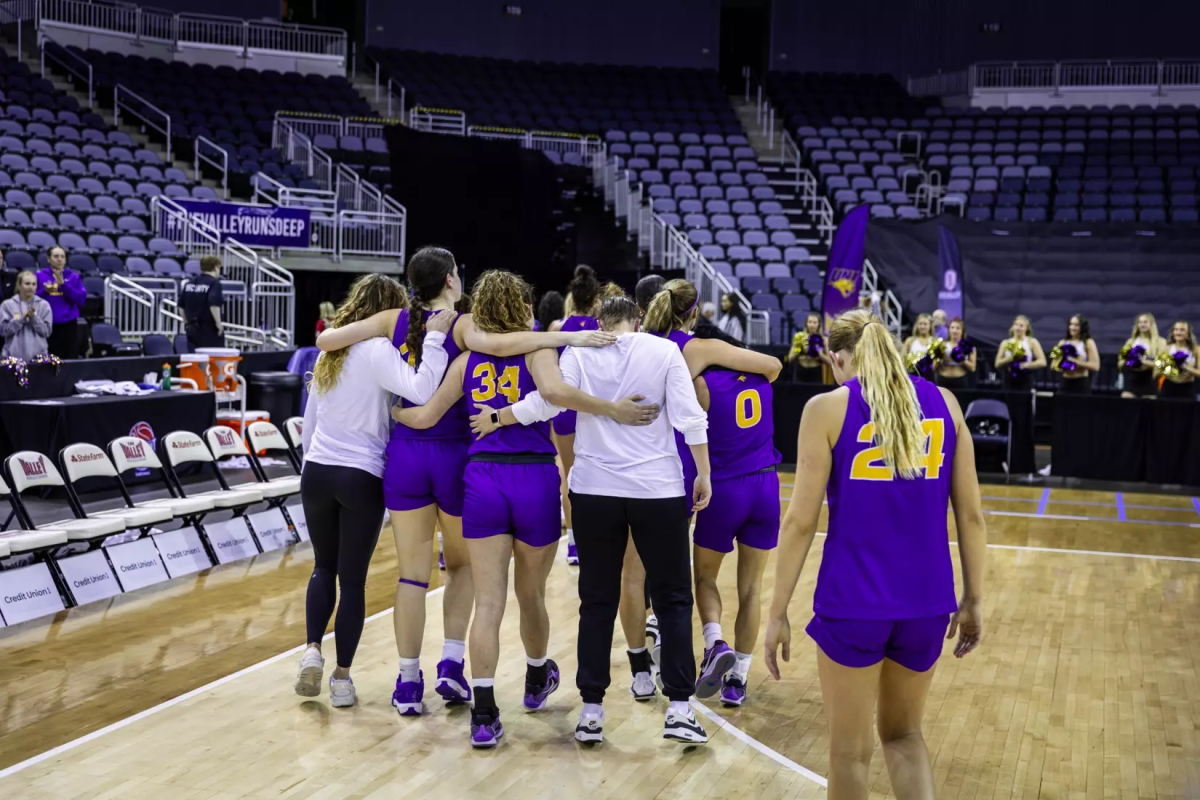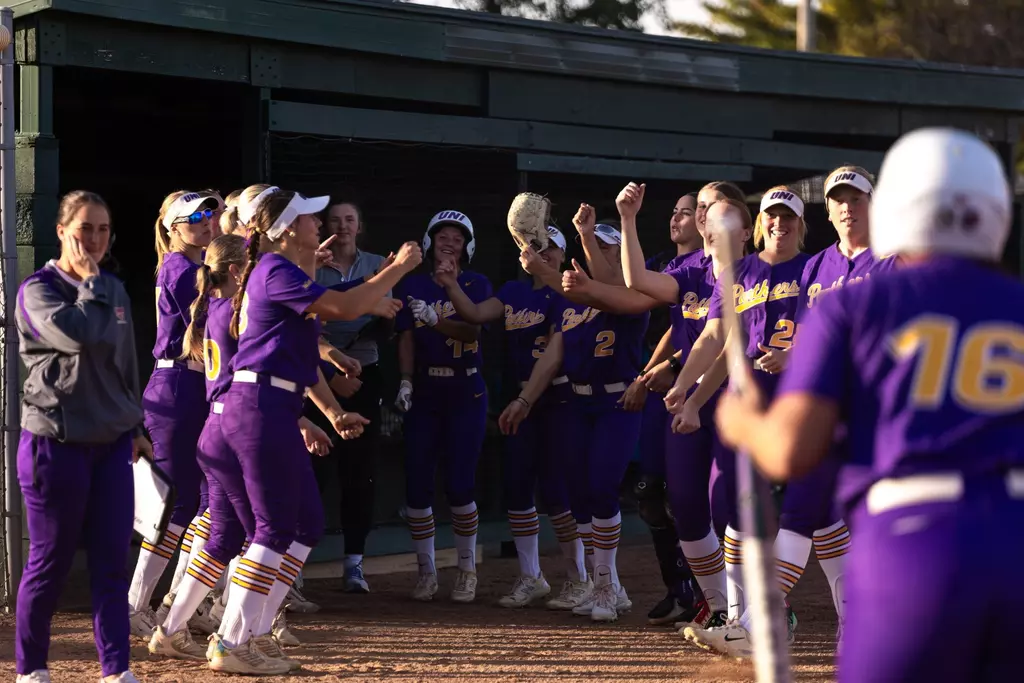Since going into effect in July 2021, the NCAA’s Name, Image and Likeness (NIL) policy has been subject to an ongoing debate among athletes, administrations and sports fans. On one hand, NIL has provided athletes with the opportunity to capitalize on the notoriety they gained from their respective sports. However, the amount that athletes are earning has led to skepticism of the policy itself, as it can give an upper hand to certain programs in terms of recruiting.
Recently, former Iowa football player Kadyn Proctor has garnered attention from the media about his recent decision to transfer back to Alabama after transferring home to Iowa earlier this year. Hawkeye fans quickly bashed Proctor on social media, claiming that he came to Iowa to collect funds from the team’s collective NIL funds, “The SWARM”, just to transfer back to Alabama after. However, a recent statement from SWARM CEO Brad Heinrichs countered these accusations, as Heinrichs stated, “Hawkeye fans out there that have given to the SWARM should rest easy. Kadyn Proctor hasn’t gotten a dime of their money.”
Despite Proctor’s innocence, NIL has played a role in the impact of how fans are viewing the game, with constant speculation of deals being made that are dictating where and why players are transferring.
It’s not just the fans, as coaches are aware of it too. Former Alabama coach Nick Saban has been outspoken about his criticisms of the policy, as he recently said in an interview with ESPN, “Maybe 70 or 80 percent of the players you talk to, all they want to know is two things: What assurances do I have that I’m going to play because they’re thinking about transferring, and how much are you going to pay me?”
As the policy is still in its relatively early stages, the NCAA has not made much in terms of further regulation of NIL and what it has produced in college sports. Some absolutely loathe the policy as it brings a sense of “business” into college sports, specifically with the players, where it was not previously. Conversely, defenders of NIL will say the policy finally allows the student-athletes the compensation they have deserved for years.
In my opinion, both sides make complete sense. Yes, in recent years college sports have felt more like an extension of a professional sports league because of NIL, and the “college feel” of sports has felt less apparent because of it. But also, nobody can argue that student-athletes should be able to use their platform for compensation like every other college student, regardless if they play a sport or not.
As a student-athlete, I have seen all sides of the NIL policy. I have seen teammates get something as small as a free case of energy drinks or a 30% discount for a brand, and I have also heard of deals going in the six digits for many high-level, well-known athletes.
While I am mainly reserved about my beliefs and participation in NIL, there is a limit that I believe must be placed in the future. Naturally, bigger schools have more money, specifically more money from donors. More money from donors, more opportunity for athletes to score massive NIL deals. If left completely unchecked, my biggest fear would be seeing practically every big-name athlete flock from the smaller schools to the bigger “Power Five” ones with much deeper pockets.
I am not ignorant that bigger schools will always have a leg up on the mid-majors, and that even without NIL there will always be a massive financial gap between the two. However, in NIL I believe a “cap” should be in place in the future — that is, a limit to which student-athletes can earn by team. Much similar to how the NFL and NBA use “cap space” to ensure a more level playing field in terms of salaries given to athletes, instituting something similar into college athletics could be beneficial.
Regardless, there is still much to be seen out of NIL and what it will do for college sports in the long run. It may be more automated than people think, and the claim of believing it will be detrimental to college sports as we know it could be just as wrong.


